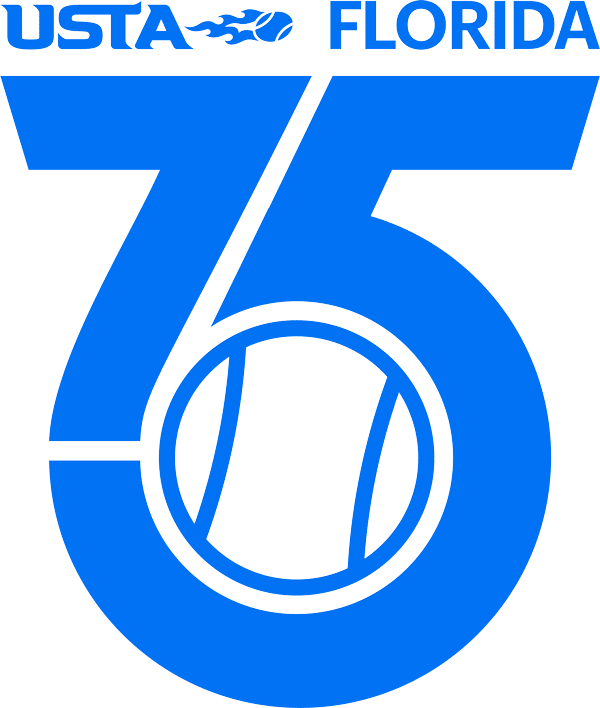August 11th, 2018
ATA, USTA Side By Side at 2018 American Tennis Association National Championships
The 101st American Tennis Association National Championships finished last weekend, hosted for the first time at the USTA National Campus in Orlando. The event brought together the two long-standing tennis organizations, one born of necessity and a desire for equality, and the other born of a desire to organize an ever-expanding tennis scene in the U.S.
Founded in 1881, the United States Tennis Association was organized to promote the standardization of rules and regulations for the then-fledgling game of lawn tennis. When the USTA excluded people of color from participating in tournament play, African-American tennis players and volunteers in Washington, D.C. — doctors, lawyers, teachers and other professionals who loved the game — in 1916 formed the ATA, choosing the “American Tennis Association” name to promote inclusiveness while launching their own tournament circuit.
The ATA was instrumental in supporting Althea Gibson in 1950 when she became the first black player to compete in a Grand Slam event at the US Open, then known as the U.S. National Championships.
“[The ATA founders] really had a dream that this organization would be inclusive,” said Roxanne Aaron, treasurer and incoming ATA president, speaking to USTA Florida. “They made it so players could come to a national tournament every year, and have fun.”
The fun concluded last Saturday after a week of competition that saw almost 600 players whittled down to winners in more than 50 adult and junior divisions. One visitor during the tournament was USTA National President and Chairman of the Board Katrina Adams, a former ATA junior champion. The organization has a rich history of developing junior players, and prominent former ATA champions over the years have included Althea Gibson, Arthur Ashe, eventual Wimbledon finalist MaliVai Washington, and future WTA stars Zina Garrison, Leslie Allen, Lori McNeil and Chanda Rubin.
As much a family reunion as a tennis tournament, the ATA National Championships for more than 100 years remains an annual celebration that exemplifies the ATA slogan, “Where Culture Comes Out to Play.”
“No sports organization has had the longevity or impact on the game of tennis in the African-American community as the ATA,” said incoming USTA Florida President Clark Higgs. “USTA Florida has been a sponsor and supporter of the ATA for several years, and we’re happy to play a small role in this year’s event by providing membership scholarships to a number of children who are playing in the event and operational funding to support the event staff.”
“As I walk around I see people of all races and ethnicities participating in this event. They have been really pro-active with inclusion, and not just limited to the African-American community.”
Like the USTA, the ATA is largely a volunteer organization. And with the help of the ATA, the USTA has become an inclusive organization serving all players. Through its first 100 years the ATA challenged the barriers of racial segregation, and now, entering its second 100 years, the ATA still sees opportunities.
“The organization’s mission is changing and evolving, and we realize the organization needs to be more than a national tournament,” Aaron said. “Our focus is on encouraging more juniors to play tennis.”

A rendering of the proposed ATA national training center
Part of that evolution will be the establishment of the ATA National Training Center in the Ft. Lauderdale area, near the historically-black Sistrunk neighborhood. The ATA National Training Center has been in the planning for years and will include the Black Tennis Hall of Fame, along with planned interior design features by Venus Williams.
The Williams sisters broke ground for Sloane Stephens, Madison Keys and the next generations of American players of color. The ATA sees breaking ground on a national training center, and expanding their core services beyond hosting a national championship, as imperatives in a society that has made giant strides but still erects barriers to people of color and lesser means.
“We feel that in America today there’s still a need for the ATA, by being inclusive to all players,” Aaron says. “That’s why we were born in the first place.”
To see results from the 101st ATA National Championships click here, and to learn more about the ATA click here.


